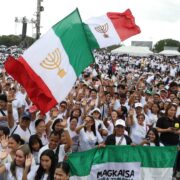Heritage cooking, the Slow Food way
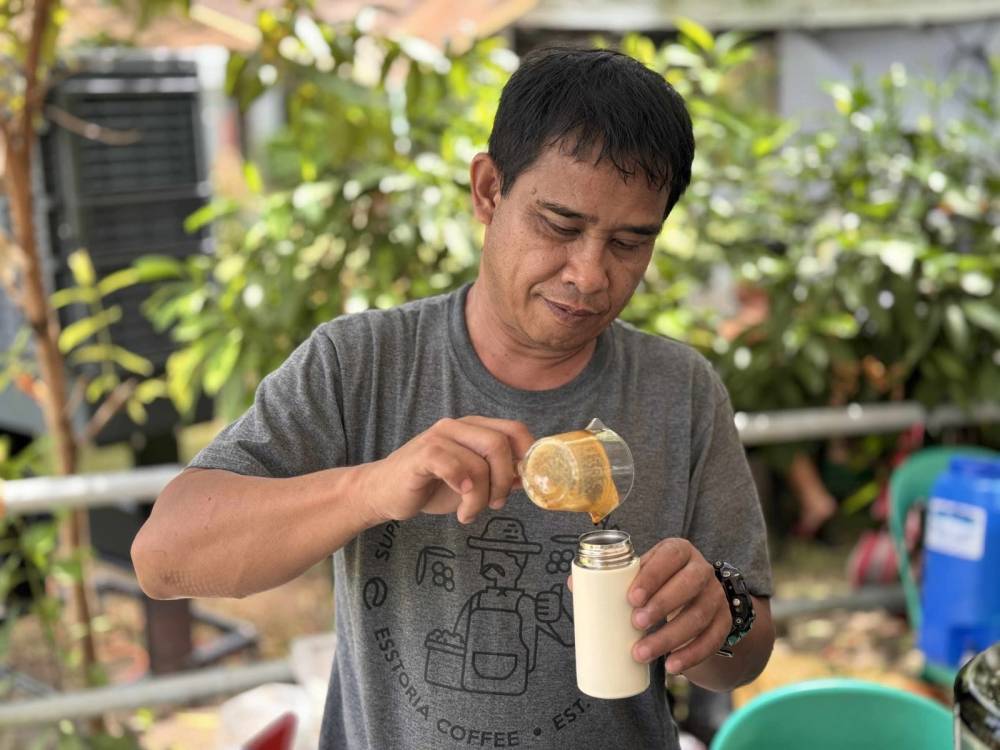
Bacolod City, the City of Smiles, will become the heart of Slow Food in Asia as it hosts Terra Madre Asia & Pacific 2025—the region’s largest celebration of sustainable gastronomy—from Nov. 19 to 23. The event gathers farmers, fisherfolk, chefs, Indigenous leaders, researchers, and advocates to honor the biodiversity, culture, and traditions that keep our food heritage alive.
This year’s theme, “From Soil to Sea: A Slow Food Journey Through Tastes & Traditions,” invites everyone to reconnect with where food comes from—and the people who grow, harvest, and prepare it.
Deeply right for the Philippines
For Reena Gamboa, spokesperson for the Slow Food Community of Negros and executive director of Terra Madre Asia & the Pacific, the event feels deeply right for the Philippines.
“The push for Terra Madre fits us because we are an agricultural country,” she says. “Good, clean, and fair food isn’t just about good food… It’s about consciousness. It’s thinking of the farmer, their practices, and how to encourage them to plant real food.”
She observes that many farmers today plant high-demand crops like lettuce—produce they don’t even eat themselves. “Shouldn’t we first plant what we eat?” she asks. “Nourish ourselves with what grows in our own community, then cultivate other crops to supplement our income.”
If such trends continue, she worries, we risk losing what is uniquely ours: our biodiversity, our endemic ingredients, and our identity. She points to the batuan tree, for instance, whose natural habitat is disappearing in favor of “high-demand” crops.
Gamboa speaks passionately of the abundance of our land and the beauty of what grows in it, like the “hagikhik,” a leaf used for wrapping food, named for the giggling sound it makes when it sways with the wind. “These are the ingredients and stories we should be proud of, and fight to save,” she says.
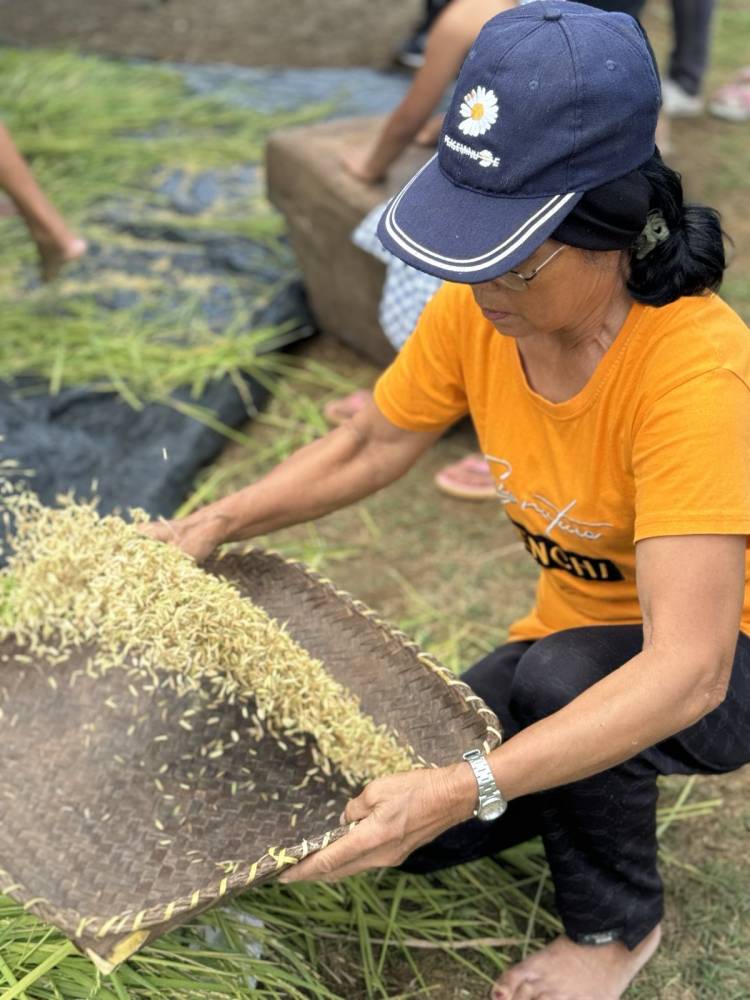
Echoing the Slow Food ethos
For five days, the Negros Occidental Provincial Capitol grounds will come alive with flavor, craftsmanship, and shared learning.
North Capitol Road becomes a street food haven featuring Filipino comfort food and regional dishes by local cooks and students. South Capitol Road turns into a marketplace where organic farmers and artisans showcase fresh produce, heirloom grains, and crafts rooted in sustainability. At the heart of the Capitol Lagoon lies the vibrant center of Terra Madre—home to the Foodways & Education booths and workshops.
Among the most anticipated highlights are the Restaurant and Bar Takeovers, where chefs from across the Philippines and visiting culinary talents collaborate to craft dishes and drinks inspired by regional ingredients and the Slow Food ethos.
During Terra Madre, attendees can meet the guardians of taste and tradition—from the growers of unoy rice in Kalinga, the country’s only Slow Food Presidium to the salt makers of Visayas who preserve age-old methods through tultul of Guimaras, asin tibuok of Bohol, and budbud of Miag-ao.
Also joining them are Teddy Cañete, a Filipino coffee grower, and Thomas Sproten, a German roaster—friends bound by respect and a shared passion for ethical, high-quality coffee grown and roasted with care for both people and planet.
This shared passion for preserving age-old foodways and the stories that sustain them captures the true essence of Terra Madre. “Slow Food is a way of life,” says Gamboa. “It’s about going back to how we used to be—taking pride in what we grow, what we eat, and who we are.”
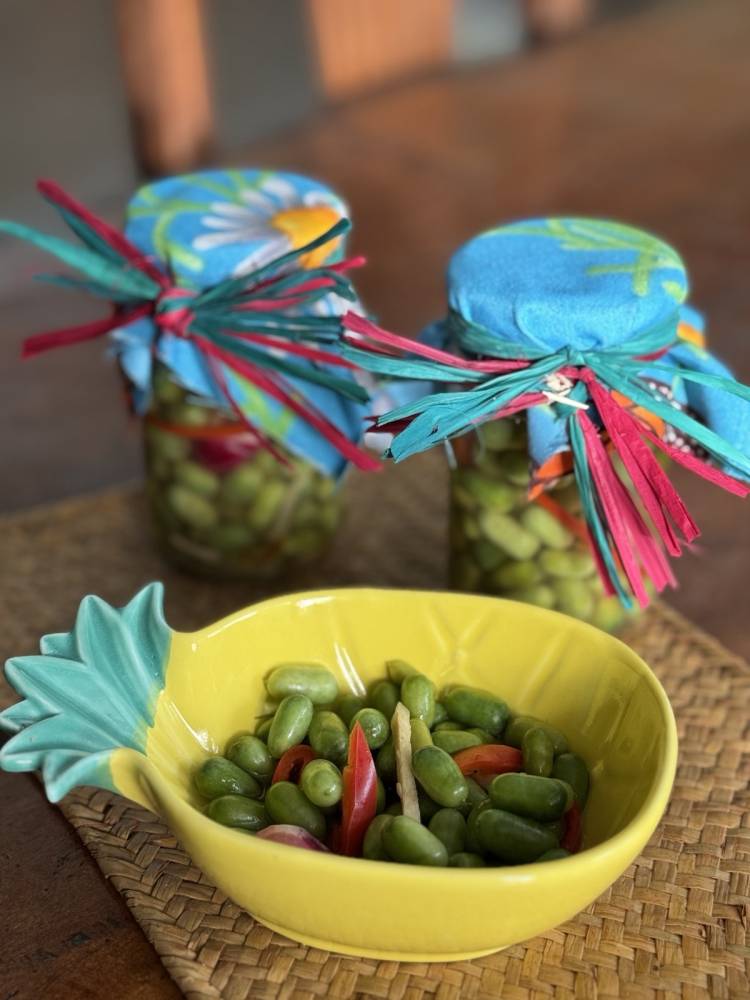
Building a sustainable future for food
Slow Food is about culture, dignity, and healing—restoring our relationship with the land, the farmer, and the flavor of our own story. It means protecting our farmers, giving them the means to grow the crops that feed us, and paying them fairly so they can keep planting for the next generation. It is about education—learning to ask where our food comes from, how it’s grown, and whose hands brought it to our tables.
And it is about caring for the environment—supporting practices that nurture the soil, conserve water, protect native seeds, and honor the seasons of nature.
In the end, Slow Food reminds us that every plate is part of something greater—it tells a story. As Terra Madre Asia & Pacific 2025 unfolds in Bacolod, let us all do our part in shaping a more mindful, sustainable, and truly Filipino food future.
For information, visit Terra Madre Asia & Pacific on Facebook
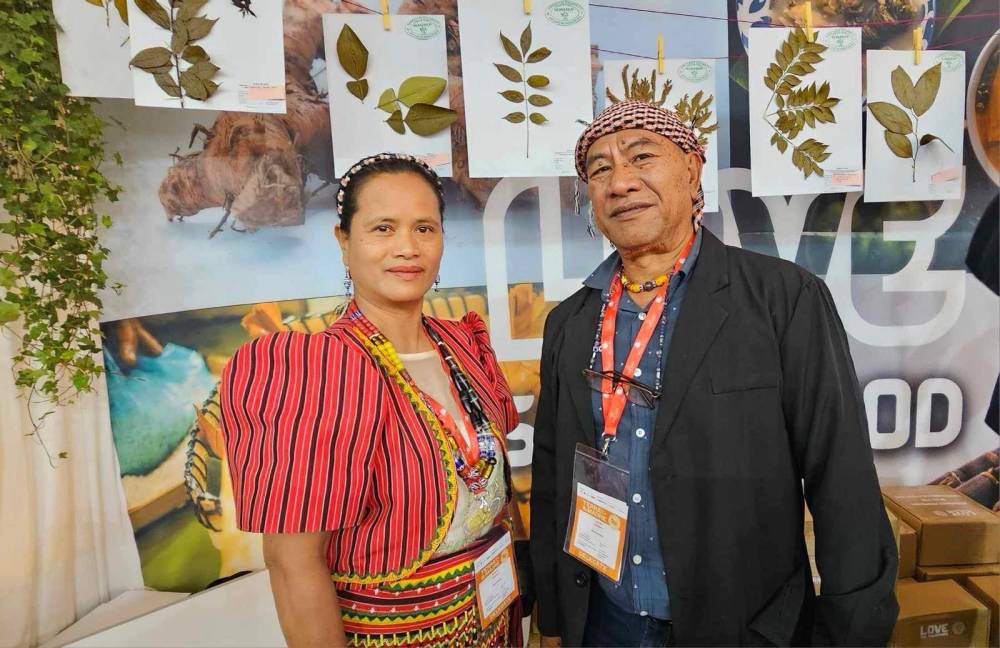
A taste of Slow Food
Traditionally, papisik is cooked in a kulon (clay pot) and buried under the ground. The papisik cooks under burning coals, which are placed on top of the kulon. Our version of papisik can be cooked in a kaldero over firewood (dapog) or stovetop. This recipe comes from the book, “Negrense Heritage Cooking” by the Slow Food Community.
Papisik nga Mamok (Chicken cooked over a bed of salt)
Ingredients
1 whole chicken (preferably free-range)
Batuan, pounded
Libas leaves
Ugbos of sambag nga dahon (tamarind leaves)
Salt and pepper
Procedure
1. Season the chicken cavity with salt and pepper.
2. Stuff with pounded batuan, libas leaves, and ugbos of sambag leaves.
3. Inside the pot, make a bed of salt and put the chicken on top.
4. Cook for 45 minutes to one hour.











